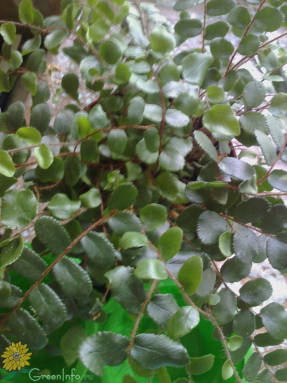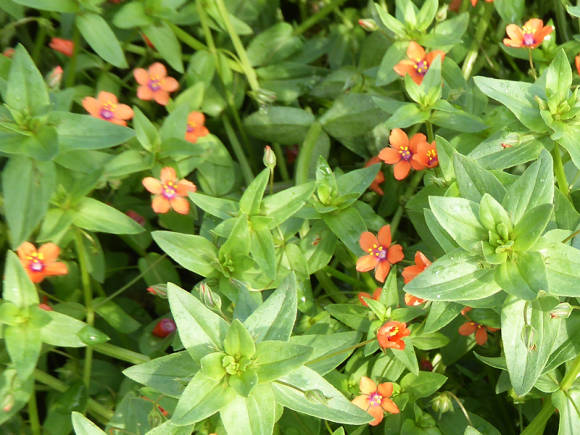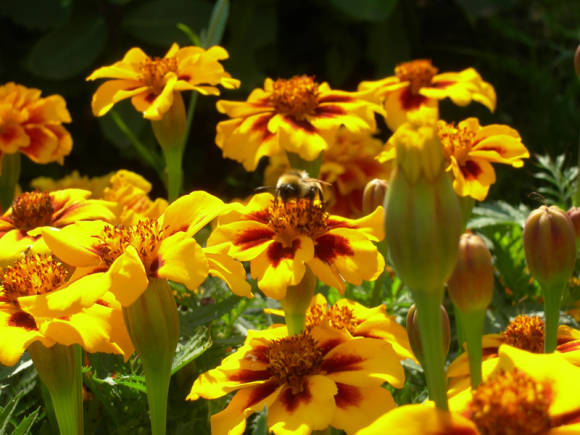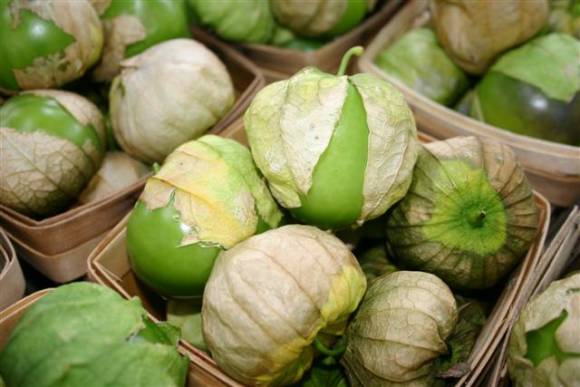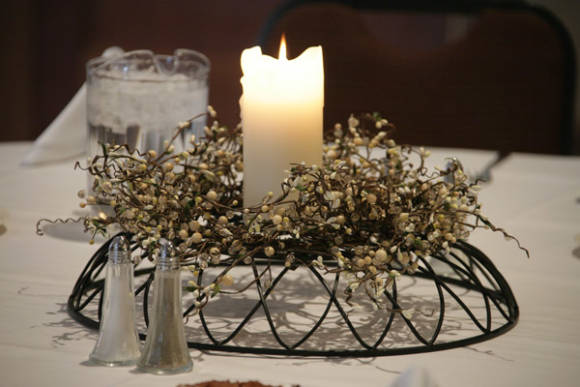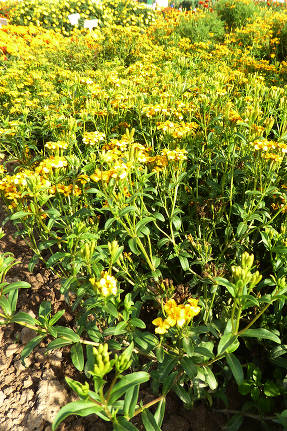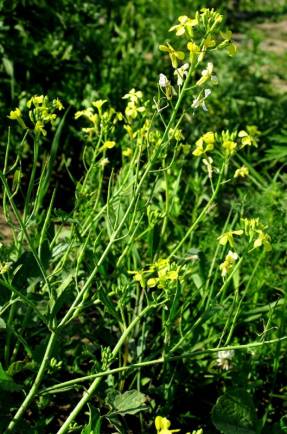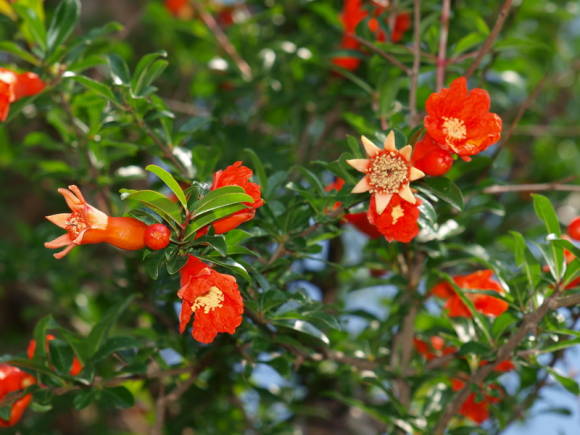
Walnut is a tree that is outstanding in all respects: it can reach almost 30 meters in height, its unusually beautiful wood is used for the manufacture of expensive furniture, healing remedies for many ailments are prepared from walnut leaves, and nuts, in terms of the combination of useful properties, do not have at all. equal in the plant world. This nut is also called the food of heroes, and the acorn of the gods, and the nut of long-livers.
The tree of this nut has a very powerful trunk and a spreading crown. The leaves of the walnut are large and rather dense, but the flowers are very, very small and inconspicuous. In ancient times, in Asia, it was even believed that the walnut does not bloom at all. Since that time, there has been a saying in the countries of the East: "Let death come to you only when you see a flower of a nut (walnut)."

It is believed that walnut (Juglans regia) comes from Central Asia. In places of its natural growth (Turkey, Greece, Iran), the walnut is a huge tree 25 or more meters high, with a trunk of 2.5-3 m, with a wide crown in the form of a tent. One such tree is enough to provide a whole family with a valuable harvest of nuts. In these parts, the walnut tree has always been considered and is still considered sacred.
In Russia, the walnut appeared more than a thousand years ago, most likely, Greek merchants brought it to us by the same famous trade route - "from the Varangians to the Greeks" - hence this amazing tree in our land got its new name - walnut. In Russia, monks were the first to grow walnuts in their gardens about 9 centuries ago, there are historical documents about this in the Vydubetsky and Mezhegorsky monasteries.
It should be noted that the ministers of the church treated walnuts with caution for a long time, they were embarrassed that other plants did not grow under the canopy of this tree. There was even an opinion that some evil spirits nestled in a walnut, harming people and plants. Fortunately, all slander was dispelled by herbalists and science!
It's just that a special substance is formed in the leaves of a walnut - juglone, which is very toxic to many other plants, washed out by rains, this substance from the leaves enters the soil, weakening and oppressing the vegetation around the tree.
There are legends and fairy tales about the walnut. One of the most beautiful, perhaps, was composed by the Greeks:
“God Dionysus fell in love with the daughter of the Greek king Caria, but a misfortune happened and the girl died. Not resigned to the loss of his beloved, Dionysus turned her into a walnut tree, and Artemis brought the sad news to her father Carius and ordered to build a temple in her honor. The columns of this temple were made of trees in the shape of a young woman, they were called caryatids, which means "walnut nymphs".
 |  |
Until recently, it was believed that there was no point in growing walnuts in the central part of Russia, the tree would not survive. However, climate change on the planet and breeding work were able to lead to the fact that today this crop can be seen in most areas of central Russia, and sometimes real giants can be found in summer cottages - huge trees, the fruits of which fully ripen, reach high quality and preserve germination.
By planting a walnut in your garden, you will not only be able to constantly eat its valuable nuts over time, but also create a real health zone for yourself. A huge amount of alkaloids, phytoncides, essential oils contained in the leaves of this tree will not only create a zone under the crown free from any harmful insects, but also from any pathogenic bacteria. Relaxing in the summer afternoon from the heat under the crown of a walnut and breathing in its healing air, you will strengthen your health and prolong your life, this is proven by science!
If you decide to start such a tree on your site, there are several aspects to take into account.
- Firstly, in central Russia, planting a walnut is impractical, because few fruits are produced and they usually do not ripen. Cultivation of this culture is carried out south of Voronezh, and especially successfully in the North Caucasus.
- Secondly, a walnut can grow from a nut into a huge tree, capable of shading with its crown a completely standard Russian suburban area, or even several at once. Dwarf walnut varieties have not yet been bred, so only happy owners of large free territories should decide to plant such a nut.
- Thirdly, you can grow a walnut both from a nut and from a seedling. Which way to prefer, you choose.
Read also articles:
- Growing walnuts
- We plant a walnut with a nut
